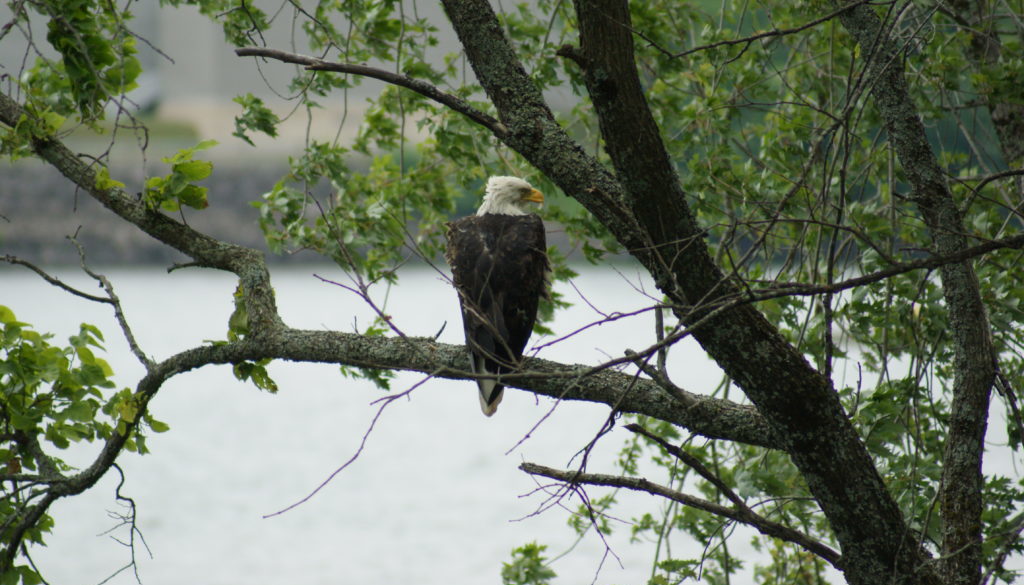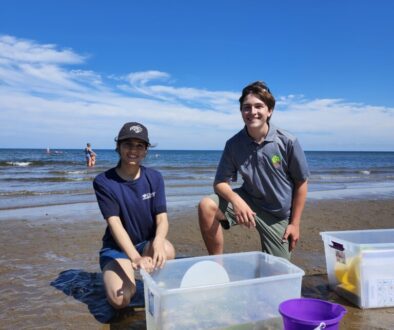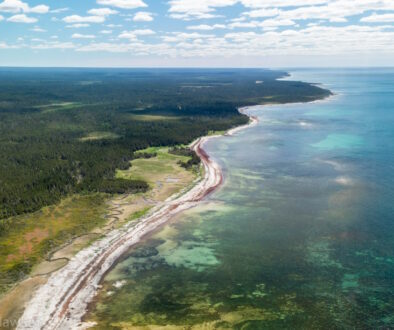Wildlife from urban to rural and conservation in between

When you think of nature and wildlife in the city, what do you see? Raccoons, squirrels, pigeons. Most of us think of animals that interact with us in our day-to-day lives, picking through our compost, scampering across power lines, and pecking about busy sidewalks. Our cities are bursting with biodiversity, from plants and fungi to predators and their prey. As habitats become increasingly impacted by urban sprawl, construction, and development, wildlife are increasingly forced into urban areas, and we have more and more interactions with them.
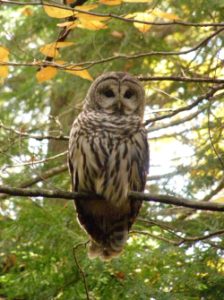
Historically, humans and wildlife sharing urban spaces has been cast in an unfavourable light, where wildlife are labelled as pests, nuisances, and threats that need to be managed. As more species learn to live in urban environments, we need to balance these sometimes-negative impacts with the many positive impacts of wildlife in our cities. Urban wildlife, and nature in general, provide all kinds of benefits to our communities: they pollinate our gardens; they control other pest species through predation; and they clean our air and water. Beyond these benefits, urban wildlife provide important links between cities and wilderness. While many species survive and thrive in urban environments, like migrating osprey, others pass through urban settings on their way to wilderness areas, like moose.
The local parks and natural spaces in New Brunswick’s cities provide lots of different habitats, including forests, wetlands, streams, and rivers. Ensuring that these habitats remain healthy not only protects the wildlife living there, but also allows these animals to disperse to rural areas and into the wilderness. By acting as habitat stepping stones, urban habitats help wildlife to successfully navigate through our cities on the way to important mating, nesting, and feeding grounds. Urban areas should not be discounted in conservation, as they provide patches of healthy habitat that supports wildlife populations in habitats that are increasingly divided by urban sprawl and development. It’s important that we preserve these urban habitats to ensure that they can support local and visiting wildlife into the future.
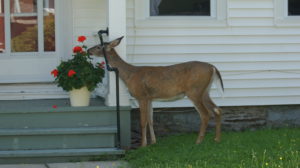
While our efforts at CPAWS-NB focus strongly on protecting wilderness, we also know that preserving urban habitats is important to both New Brunswick wildlife and New Brunswickers. Natural spaces in the city help us to get outside and get moving, provide hands-on opportunities to learn about nature, and create a sense of peace and well-being in our communities. For those of us living in the city, most of our animal encounters are with urban wildlife in urban habitats. We can preserve those habitats by respecting nature during our trail hikes and by leaving no trace when we visit natural spaces in or near the city. To live harmoniously with urban wildlife, and to experience all of the benefits that wildlife bring to our cities, we need to understand and respect wildlife behaviours.
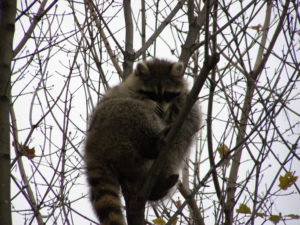
As winter starts to settle in, keep your eyes and ears alert for wildlife in the city. Remember, animals have evolved over time to be adapted to our cold and stormy winters. It can be tempting to feed passing deer and scavenging squirrels, but they are more than capable of keeping themselves healthy through the season. Let wildlife be wild and enjoy their presence from a respectable distance.
Want to learn about protected areas in New Brunswick? Click here.
Discover protected areas in the province with the ExploreEcoNB app.
Header photo “Bald eagle in Fredericton’s Carleton Park” by Julie Reimer
Julie Reimer is a PhD student at the Memorial University of Newfoundland and a Board Member of CPAWS-NB. Having worked in the whale watching industry in New Brunswick and conducted her Master’s research on conservation planning for the North Atlantic right whale, Julie is an advocate for MPAs in New Brunswick. Julie’s current research attempts to see the “bigger picture” of conservation, reaching beyond protected areas to understand the synergies between conservation actions and ocean industries. To connect with Julie, visit http://juliereimer.wixsite.com/hello.

